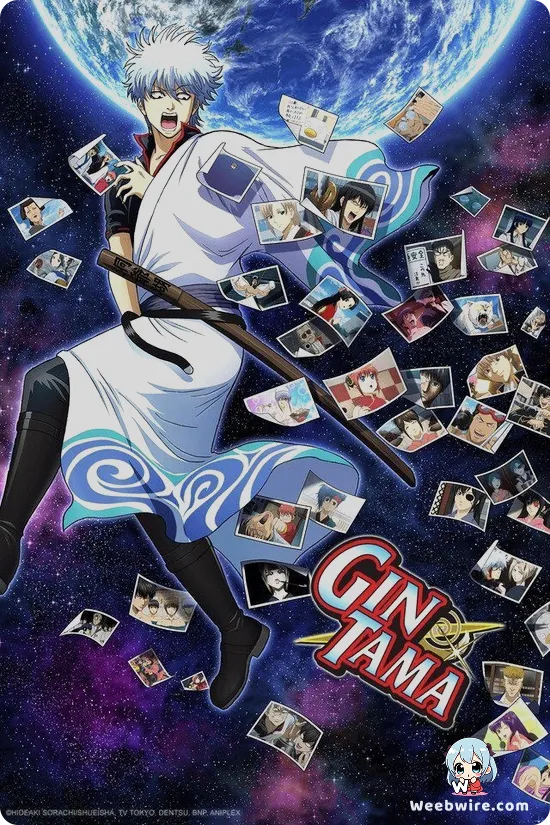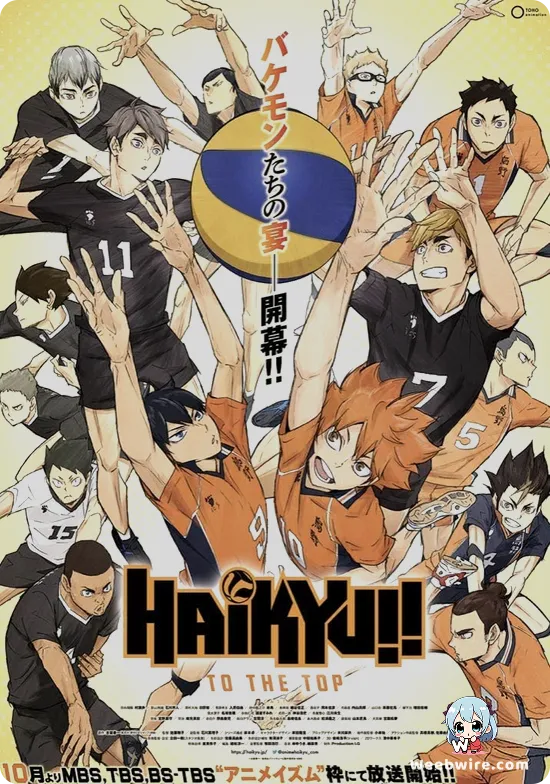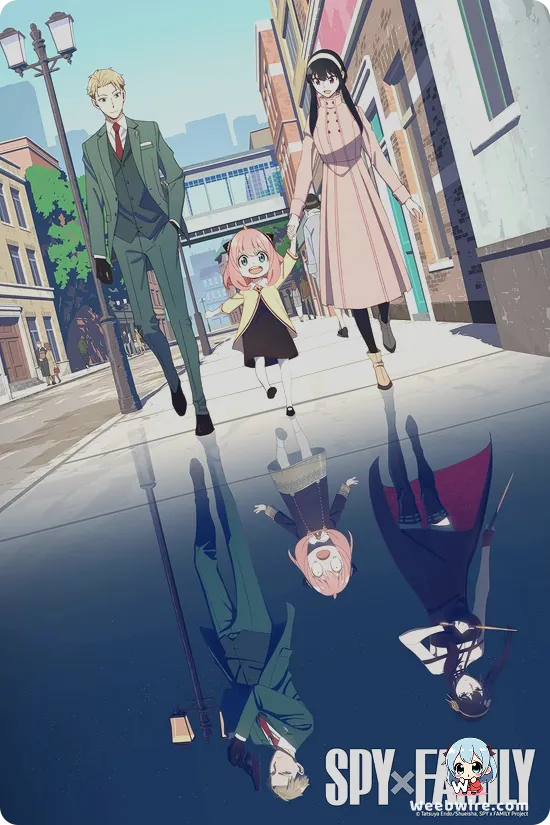The Divine Details: Unearthing the Hidden Gems of Oh! My Goddess (TV)'s Enduring Appeal
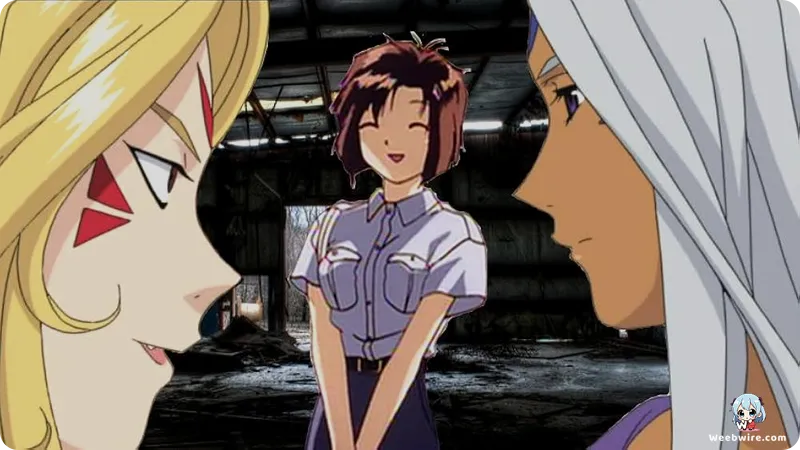
Since its captivating television debut in 2005, Oh! My Goddess (TV) has enchanted global audiences, breathing vibrant life into Kosuke Fujishima’s beloved manga. Beyond the heartwarming romance between the unlucky college student Keiichi Morisato and the benevolent goddess Belldandy, the series holds a treasure trove of fascinating insights and behind-the-scenes details that continue to surprise even devoted followers. It is a rich tapestry woven with subtle mythological allusions, incredible longevity, and a unique fusion of divine intervention and technological passion, distinguishing it far beyond a typical romantic comedy.
The Manga's Enduring Legacy
The very foundation of Oh! My Goddess lies in Kosuke Fujishima's manga, Aa Megami-sama!, which ran for an astonishing 26 years, from 1988 to 2014. This remarkable endurance allowed for deep character development and a sprawling narrative, a testament to the manga’s unwavering appeal and Fujishima’s consistent creativity. The TV anime, produced by AIC and broadcast by TBS, skillfully adapted key arcs while preserving the manga's core charm and expanding its reach to a wider audience.
Mythology and Mechanical Passion
Central to the series is its profound rooting in Norse mythology. The names of the three main goddesses—Belldandy, Urd, and Skuld—are direct adaptations of the Norns (Verdandi, Urðr, Skuld), ancient Norse deities believed to weave the fabric of fate. This concept subtly permeates the series as the goddesses, particularly Belldandy, influence Keiichi’s destiny, adding a deeper layer of meaning to their personalities and powers. Furthermore, Fujishima’s personal passion for mechanical designs, evident in his prior works, shines through Keiichi’s character as an ardent motorcycle enthusiast and member of the Nekomi Tech Auto Club. This unique blend of the divine and the mechanical lends a distinctive flavor to the series, setting it apart from its contemporaries.
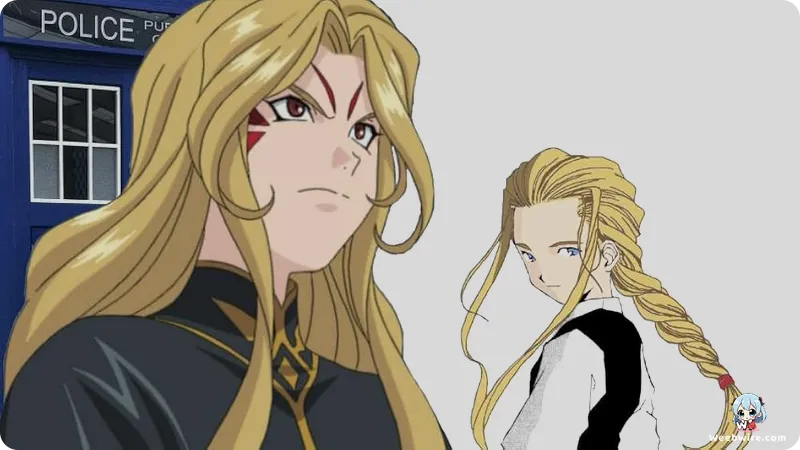
A Divine Connection Born from a Misdial
The narrative’s charming premise originates from a classic 'wrong number' scenario with a divine twist. Keiichi accidentally dials the 'Goddess Help Line,' inadvertently summoning Belldandy. His jesting wish for a goddess to stay with him forever is granted, irrevocably changing his life and setting the stage for all the romantic, comedic, and supernatural escapades that follow. This accidental wish highlights how a seemingly insignificant moment can lead to a destiny-altering event, grounding the fantastical elements in a relatable human experience of chance and consequence.
Pioneering Romantic Comedy Tropes
The animation studio AIC, also responsible for the critically acclaimed Oh! My Goddess OVAs from the early 1990s, played a crucial role in establishing the franchise's visual style and building its international fan base, setting high expectations for the TV adaptation. The series’ unique impact on the romantic comedy and harem genres is undeniable. While it popularized tropes of an ordinary protagonist living with multiple supernatural beauties, it cleverly subverts them by focusing on a singular, deep romantic bond between Keiichi and Belldandy, with Urd and Skuld acting more as a supportive family rather than competing love interests. This emphasis on a core relationship, surrounded by a charming ensemble, gave the series a unique identity and allowed it to stand out as a pioneering work that influenced countless subsequent series, proving that deep emotional connection can thrive amidst fantastical elements. This rich tapestry ensures Oh! My Goddess (TV) remains a timeless classic, offering layers of enjoyment for both new viewers and long-time fans.
Credits
Oh! My Goddess (TV)
Author
Kosuke Fujishima
Cover Art
Kosuke Fujishima
Studio
AIC
Publisher
Kodansha
Producers

